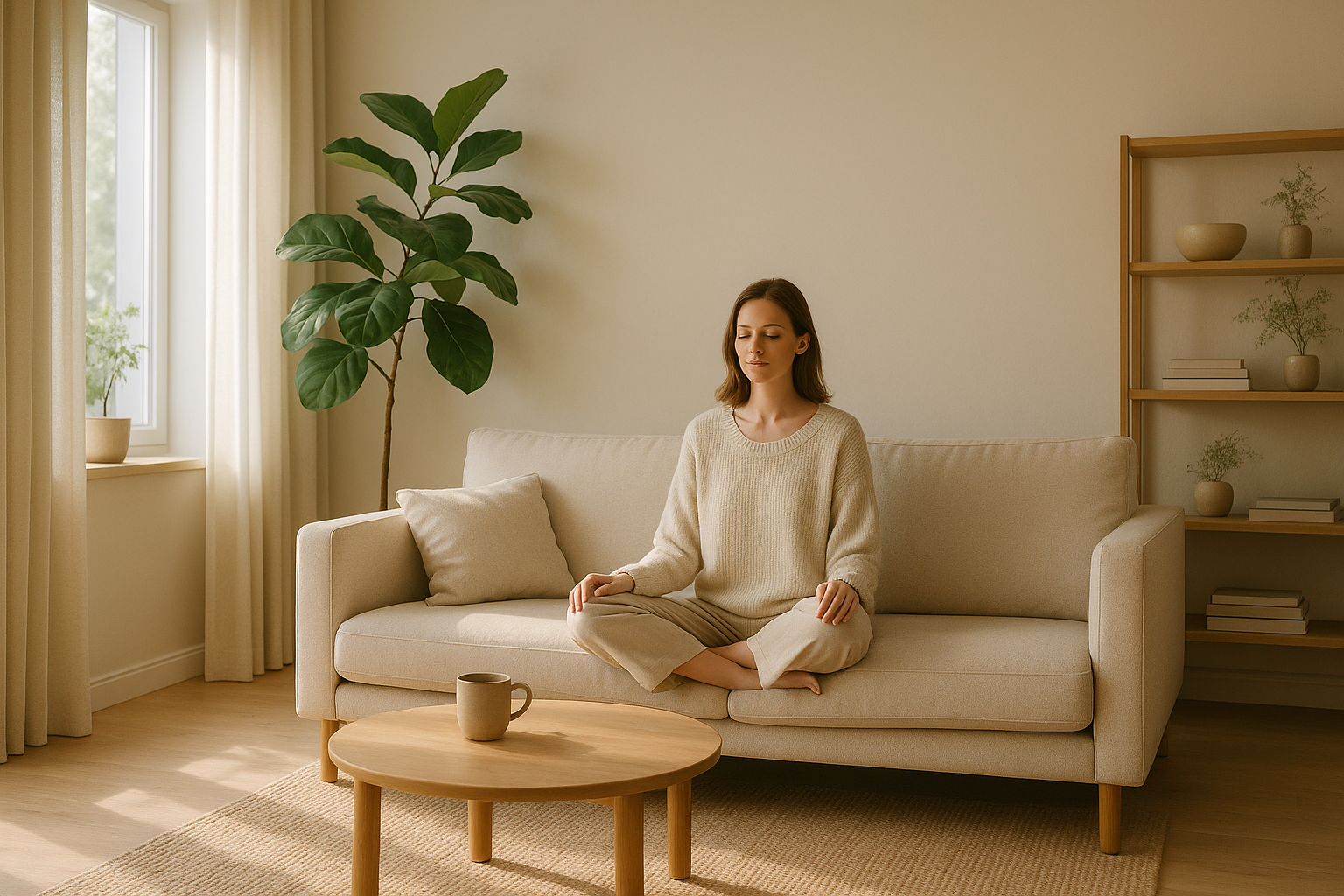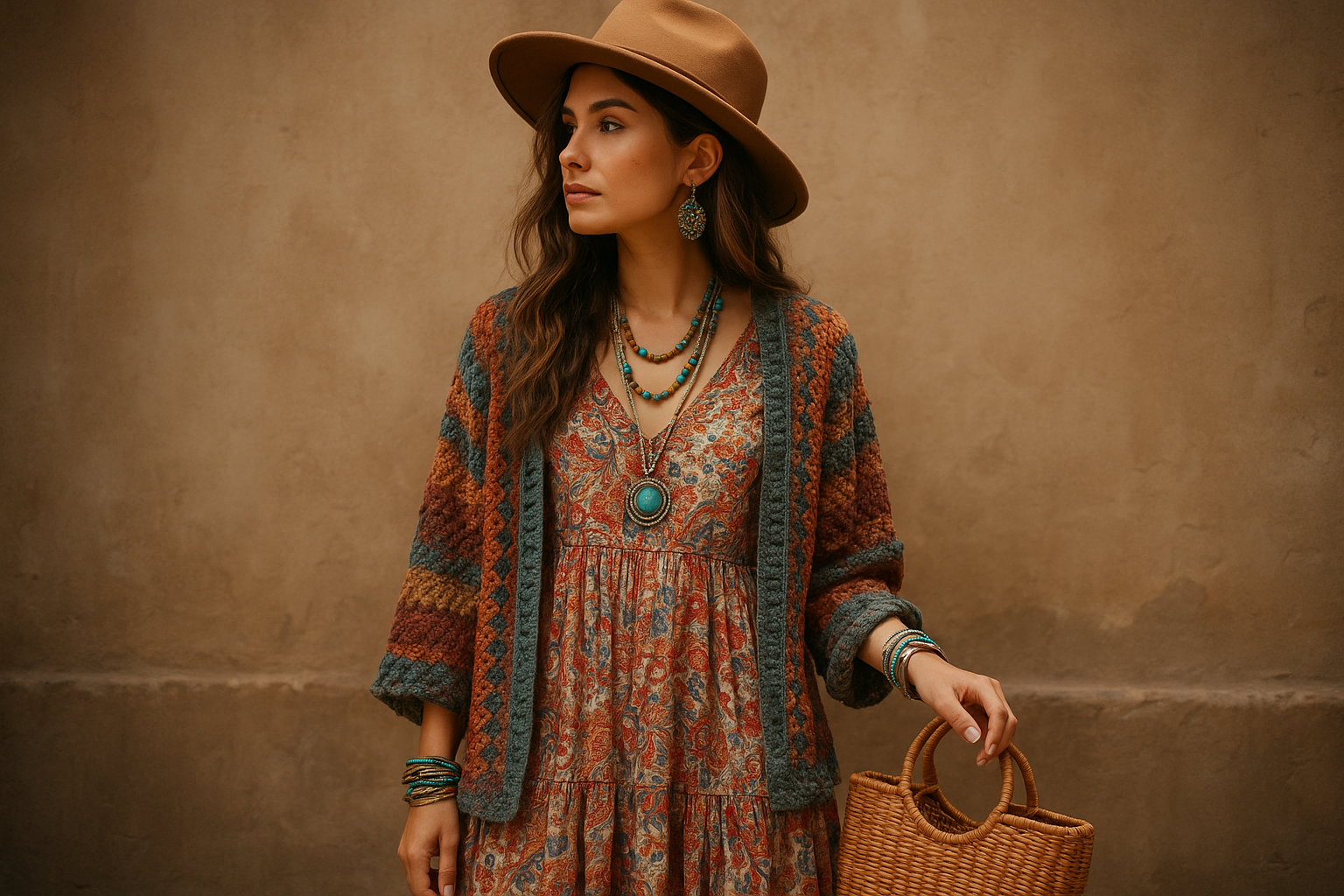Serenity at Home: Embracing Tranquil Design for Relaxation and Well-being
The chaotic rhythm of modern life can leave us yearning for calmness and tranquility. The home, as our personal sanctuary, stands as the ideal place to cultivate this much-needed serenity. Let's delve into the evolving trend of tranquil home design, a movement that turns our living spaces into private havens of relaxation and mindfulness.

The Roots of Tranquil Home Design
Tranquil home design is not a new concept. It roots back to ancient Eastern philosophies like Feng Shui, which emphasizes harmony and balance in one’s surroundings. However, the trend gained traction during the late 20th century, when Nordic countries started incorporating tranquility and coziness into their home designs, resulting in the globally popular trend, hygge. Today, the concept has evolved further, merging with wellness trends to create serene spaces that cater to mental and physical well-being.
Today’s Tranquil Design Trends
With the ongoing pandemic and the rise of remote work, the demand for tranquil designs has surged. The current trend focuses on calming colors, minimal clutter, and natural materials. Soft pastels, warm neutrals, and cool blues reign supreme in creating peaceful ambiences. Minimalistic furniture, ample natural light, and indoor plants are other crucial elements of this trend.
The Practicality of Tranquil Design
Tranquil home design goes beyond aesthetics; it’s a practical approach to enhancing our daily living. Scientific research supports the idea that our environment directly affects our mental state. A tranquil home can decrease stress levels, improve mood, and promote better sleep. Additionally, tranquil designs often incorporate nature, which can provide a therapeutic effect, known as biophilia.
Embracing Tranquil Design
Embracing tranquil design doesn’t necessitate a complete home makeover. It’s about incorporating elements that promote serenity. Start by decluttering and organizing your space. Choose a calming color palette and incorporate natural materials like wood, stone, or plants. Opt for minimalistic furniture and ensure your rooms have plenty of natural light. Remember, the aim is to create a relaxing and mindful space that resonates with your personal style and needs.
The Future of Tranquil Design
The future of tranquil design looks promising. As more people understand the importance of mental health, the demand for tranquil spaces is likely to increase. Moreover, with technology advancements, we can expect innovative solutions that promote tranquility, like smart furniture that adapts to our needs or mood-enhancing lighting systems.
Creating a tranquil home is about more than following a trend; it’s about improving our quality of life. By embracing tranquil design, we can create spaces that not only look beautiful but also nurture our well-being. This movement is a reminder that our homes should be sanctuaries, providing us with rest, relaxation, and rejuvenation.




